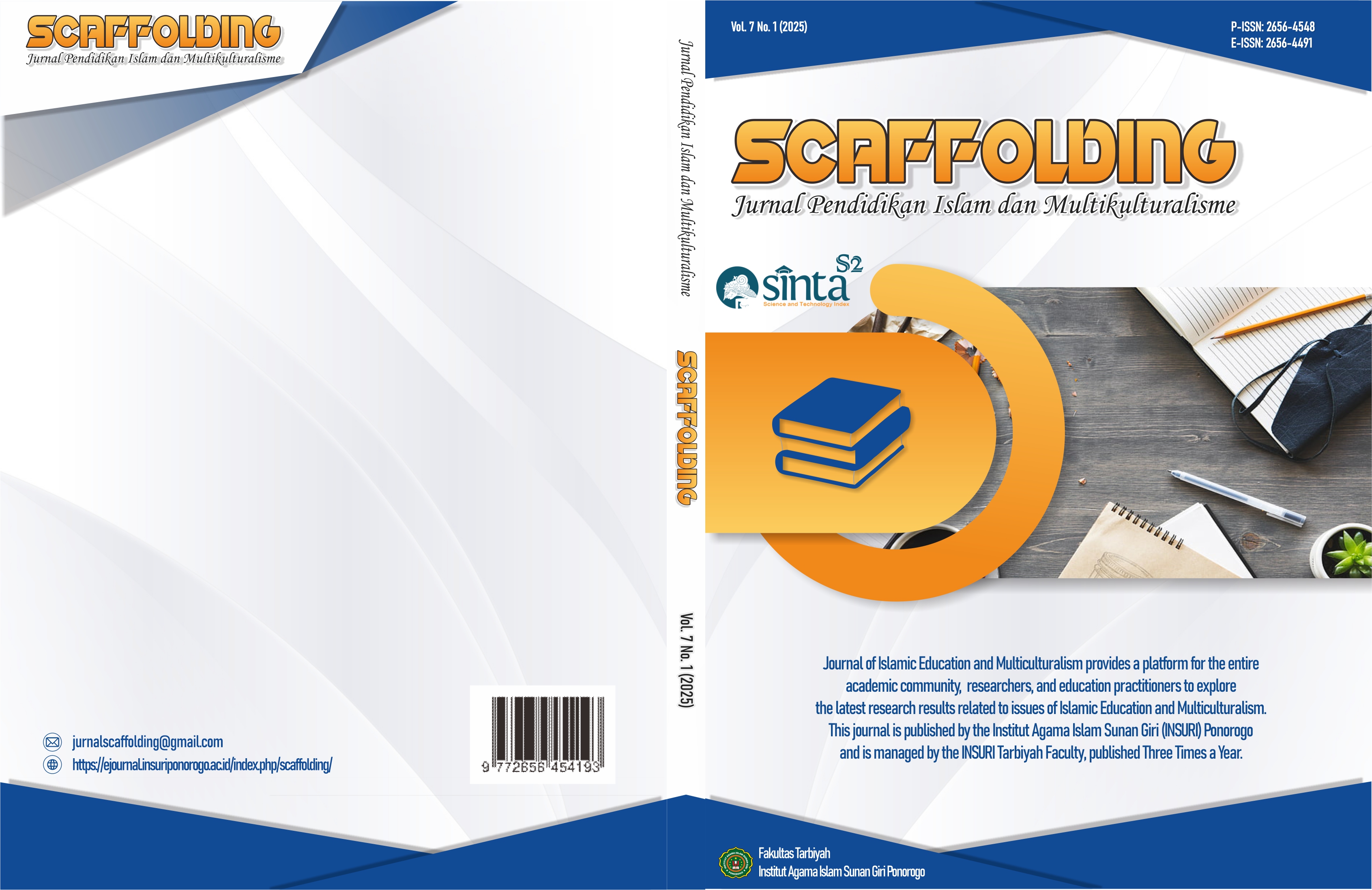Evaluation of the Zoning System for New Students of State High Schools in the Special Region of Jakarta
DOI:
https://doi.org/10.37680/scaffolding.v7i1.7234Keywords:
Evaluation, Zoning System, New Students, State High Schools, Special RegionAbstract
This study aims to evaluate the implementation of the zoning system for new student admissions (PPDB) in public senior high schools in the Special Capital Region of Jakarta from 2022 to 2024, with a focus on the role of school principals in executing the policy. Employing a quantitative approach with an evaluative design, the research assesses the effectiveness, fairness, and challenges of the zoning system. The population of the study consists of 119 high school principals across four cities in the Jakarta region. Using stratified random sampling, the entire population was involved as the research sample. Data were collected through structured interviews and questionnaire instruments distributed to the principals. Additionally, supporting data from the Jakarta Education Office and related literature were used to strengthen the analysis. The collected data were processed using SPSS software to test the validity and reliability of the instruments and to perform descriptive statistical analysis. The findings show that while the zoning system has succeeded in promoting equal access to education, several challenges persist, including uneven school quality, limited capacity in certain zones, and a lack of socialization among stakeholders. Most principals agree that improvements are needed in policy implementation, especially in ensuring transparency and infrastructure readiness. The study concludes that although the zoning system supports educational equity, it requires continuous evaluation and refinement to optimize its impact in diverse urban settings like Jakarta.
Downloads
Published
Issue
Section
License
Copyright (c) 2025 Rizal Bakti, Nahdiana Nahdiana, Isoh Sukaesah, Arum Puri Suryandari, Ammy Fidyanti, Agustini Agustini

This work is licensed under a Creative Commons Attribution-NonCommercial 4.0 International License.
Authors who publish with this journal agree to the following terms:
Authors retain copyright and grant the journal right of first publication with the work simultaneously licensed under a Creative Commons Attribution-NonCommercial 4.0 International License that allows others to share the work with an acknowledgement of the work's authorship and initial publication in this journal.
Authors are able to enter into separate, additional contractual arrangements for the non-exclusive distribution of the journal's published version of the work (e.g., post it to an institutional repository or publish it in a book), with an acknowledgement of its initial publication in this journal.
Authors are permitted and encouraged to post their work online (e.g., in institutional repositories or on their website) prior to and during the submission process, as it can lead to productive exchanges, as well as earlier and greater citation of published work.



